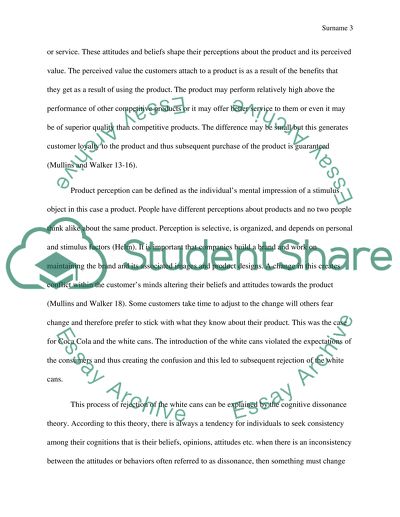Cite this document
(“Coca Cola Company Essay Example | Topics and Well Written Essays - 1000 words”, n.d.)
Retrieved from https://studentshare.org/marketing/1442987-consumer-behavior-cocacola-case
Retrieved from https://studentshare.org/marketing/1442987-consumer-behavior-cocacola-case
(Coca Cola Company Essay Example | Topics and Well Written Essays - 1000 Words)
https://studentshare.org/marketing/1442987-consumer-behavior-cocacola-case.
https://studentshare.org/marketing/1442987-consumer-behavior-cocacola-case.
“Coca Cola Company Essay Example | Topics and Well Written Essays - 1000 Words”, n.d. https://studentshare.org/marketing/1442987-consumer-behavior-cocacola-case.


